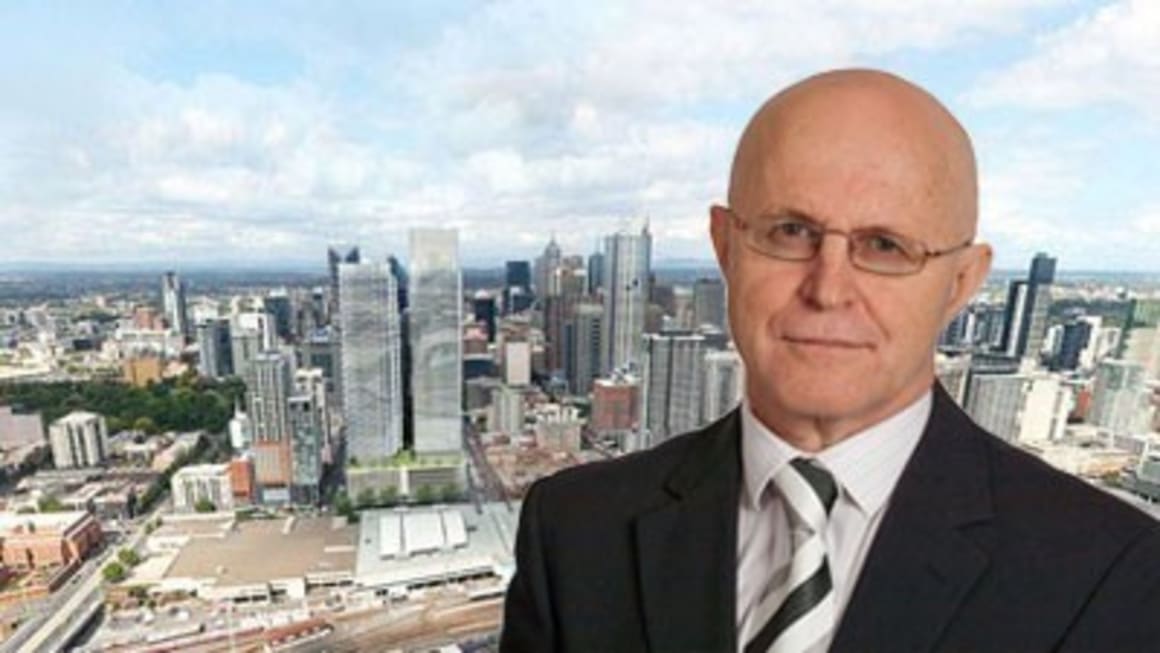Melbourne residential unit market oversupplied, and it's going to get worse: Terry Ryder

Peter Temple ranks among Australia’s most gifted novelists. He writes compelling crime fiction, set usually in Melbourne against a background of corrupt politicians and a development industry that’s able to buy planning approvals.
That’s fiction, of course, but my three decades in and around the Australian property industry has taught me that developers can wield undue influence over politicians at all levels of government.
This is a topical issue in Victoria at present, with the lord mayor of Melbourne accused in local media of having “hidden links” to developers and the state government displaying a trigger finger when it comes to over-ruling local authorities on planning decisions, always in favour of the developer.
The Victorian government apparently believes that facilitating a high level of construction of mega unit developments is the key to revitalising the state’s stuttering economy.
The concern for anyone who owns a Melbourne apartment, particularly in the inner-city areas, is that the city already has an oversupply of units, and it’s going to get worse before it gets better.
I would urge anyone contemplating investment in the Melbourne CBD, Docklands or Southbank to research very carefully.
According to SQM Research, the vacancy rate in the Docklands postcode is close to 9%. The CBD is a fraction over 9%, while Southbank has a vacancy rate of 11.5%. This is at a time when all capital cities other than Melbourne have vacancy rates below 2%, according to SQM Research. Melbourne overall sits at 3%, with its vacancy rate elevated by those inner-city areas.
Recently Cbus Property launched marketing for a new CBD unit development, and developer ISPT has gained approval for a six-tower project comprising almost 3,000 apartments on the Spencer Street site formerly occupied by The Age newspaper.
The state government has approved a 68-storey CBD building that will have 581 units. The north-western reaches of the CBD have attracted plans for multiple unit developments, including 452 apartments in what would be the CBD’s tallest apartment building.
In the south-eastern suburbs just beyond the inner city, a state government panel has approved a 466-unit development in Armadale over strong opposition from the local council and residents. Around 2,000 apartments are proposed for a re-development of Moonee Valley racecourse, while many thousands more will emerge on the 240-hectare Fishermans Bend Urban Renewal area much touted by the state government.
The industry’s standard argument, in response to oversupply concerns, is that projects will not be built unless there is demand. Developers can’t get finance unless they have pre-sold a major share of the planned apartments, therefore the market is insulated from surplus.
The theory doesn’t hold up, however. If it was a valid argument, the Gold Coast would not have suffered from years of oversupply (which still lingers) and Melbourne would not have had the surplus that undercut the unit market around 2003-04.
When genuine local demand is poor, developers can always manufacture sales by running road-shows in far-flung locations and selling apartments to distant investors who don’t know Melbourne conditions.
That’s what’s happening right now in the Melbourne market. Representatives of development companies are roving Asia, running seminars and encouraging overseas investors to buy in “booming Melbourne”, or targeting high-income earners in mining towns or other locations well-removed from Melbourne.
History suggests the outcome will be poor settlement rates when the projects are completed, higher vacancies and declining rentals, leading to falling property values.
Terry Ryder is the founder of hotspotting.com.au and can be followed on Twitter.